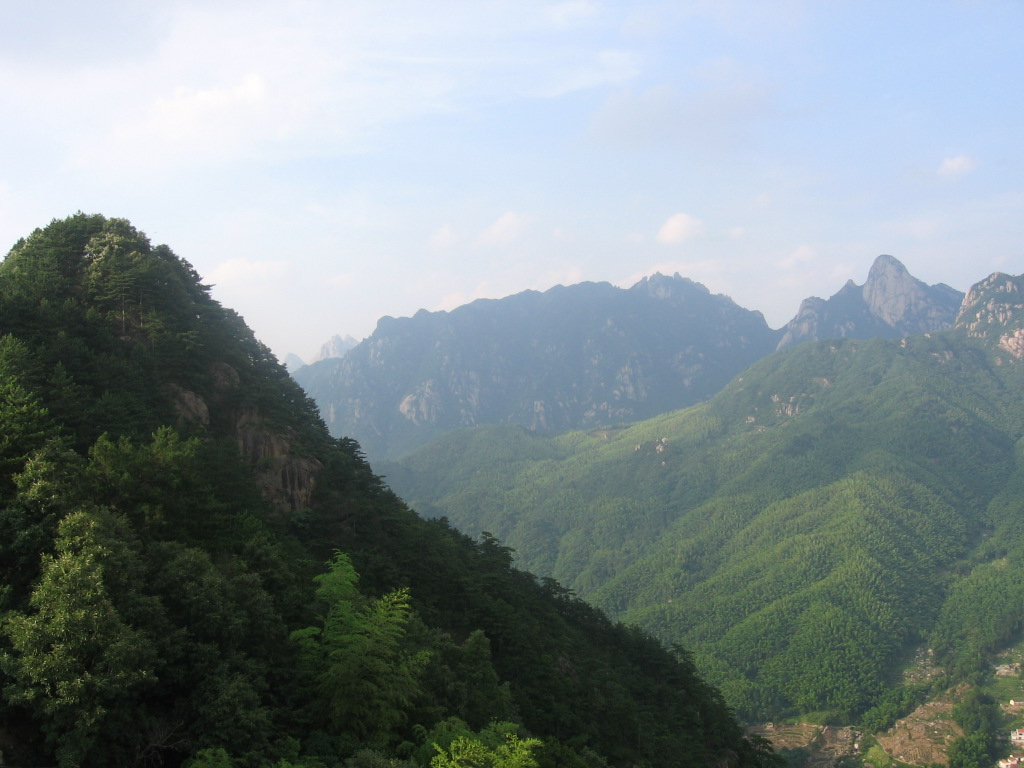An article in the South China Morning Post suggests a growing concern about adolescents in Hong Kong dropping out of family, school, and social life to become recluses in their homes. The phenomenon is familiar in Japan as hikikomori, or what the article calls otaku, a Japanese term for “home man,” or one who stays at home, presumably playing video games or watching anime.
The term “hidden youth” is also applied. The article title is: “Inside the caged work of Hong Kong’s ‘hidden youths.'”
Most observers attribute the phenomenon to the stress of low expectations among young people aged 16 to 29, chiefly unemployment, which for youth officially runs below ten percent, though other sources say it is as high as 33 percent.
URL: http://www.scmp.com/news/hong-kong/article/1202673/inside-caged-world-hong-kongs-hidden-youths
